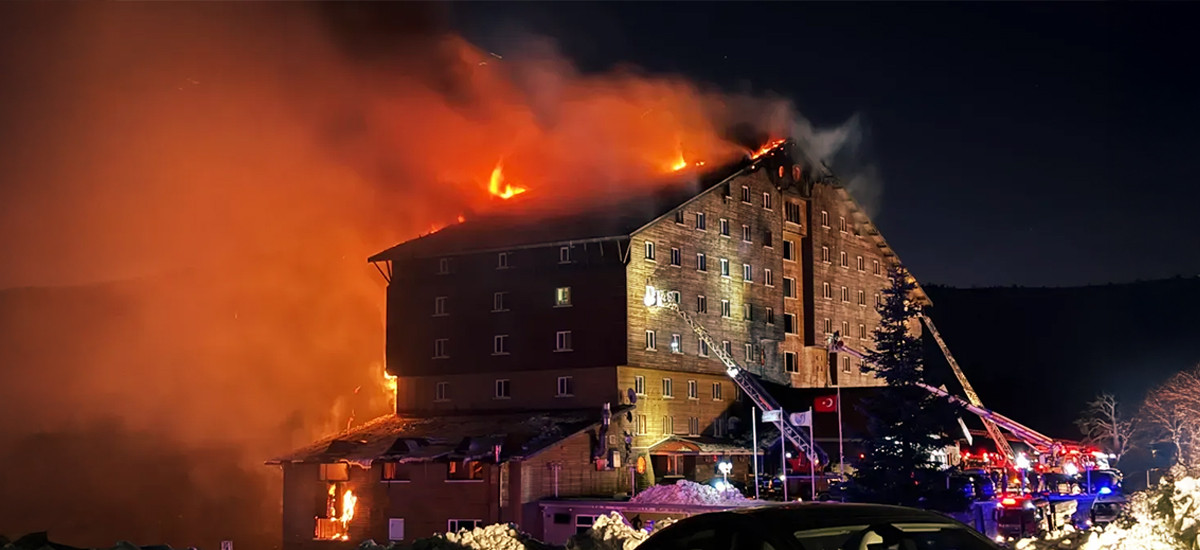19/2/2025
The rising frequency of hotel fires underscores the urgent need for robust fire safety measures across the hospitality industry. A fire within a hotel can lead to catastrophic consequences, including the tragic loss of life, extensive property damage, and irreparable harm to a brand’s reputation. In light of recent events, the importance of fire safety cannot be overstated. By adhering to essential fire safety practices, these devastating risks can be significantly mitigated.
Ensuring fire safety in hotels and other tourism-related structures requires a clear and comprehensive definition of the concept. Fire safety is a multi-faceted process that begins with the proper design of the building, continues with the selection and correct application of appropriate materials, and is reinforced through the meticulous implementation and regular inspection of necessary permits, such as building licenses, occupancy certificates, and operational approvals.
Recent incidents have exposed key contributors to hotel fires, including user negligence, insufficient precautions in kitchen areas, electrical system failures, and delayed maintenance or repair work. The absence of comprehensive fire safety designs exacerbates these risks, causing fires to escalate rapidly and rendering them increasingly difficult to control.
Key Considerations for Effective Fire Safety Planning
- Optimal Design: The integration of passive and active fire safety measures into architectural, electrical, and mechanical designs is paramount. Furthermore, the meticulous planning of evacuation routes to ensure the safe and efficient egress of all occupants plays a vital role in safeguarding lives and minimizing damage.
- Appropriate Material Selection: Poorly chosen façade materials significantly heighten the risk of financial loss and loss of life. These materials may ignite rapidly, allowing fires to spread vertically across a building. Flames and smoke entering through façade openings further amplify risks to occupants. To mitigate these risks, all materials must be backed by test reports from accredited laboratories verifying their compliance with fire safety standards. In the absence of such documentation, designers and contractors must refrain from using these materials on high-rise buildings to safeguard public safety.
- Correct Application: Proper application of materials is equally important. Even the most effective materials, if improperly applied, can severely compromise a building’s fire resilience, rendering critical safety measures ineffective.
- Regular Inspection and Proper Use: Changes in the intended use of building spaces, storage of non-compliant materials, unauthorized renovations, or improper use of areas can undermine a building’s structural fire resistance. Regular inspections by qualified experts are essential to verify compliance, maintain operational integrity, and ensure sustained fire safety.
Backed by over 70 years of expertise and a highly skilled team, Efectis stands as a trusted leader in fire safety solutions. We deliver tailored strategies to ensure the highest standards of structural fire safety for all types of buildings in Türkiye and beyond.
For more information, please contact turkiye@efectis.com

